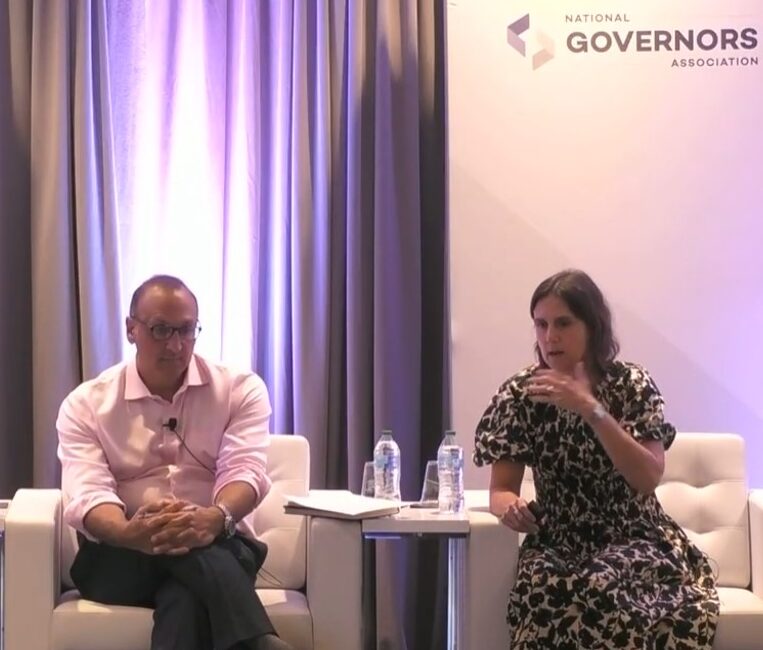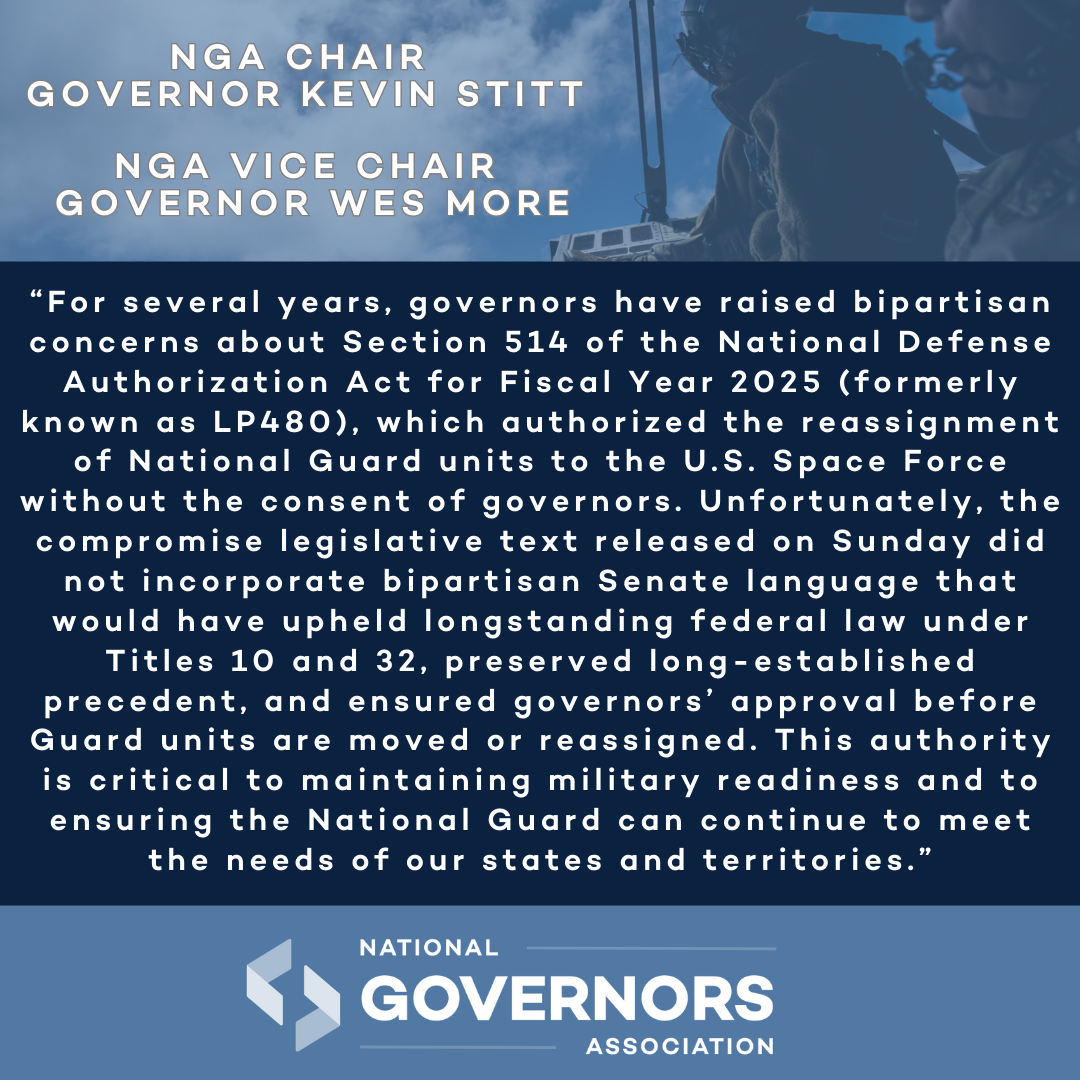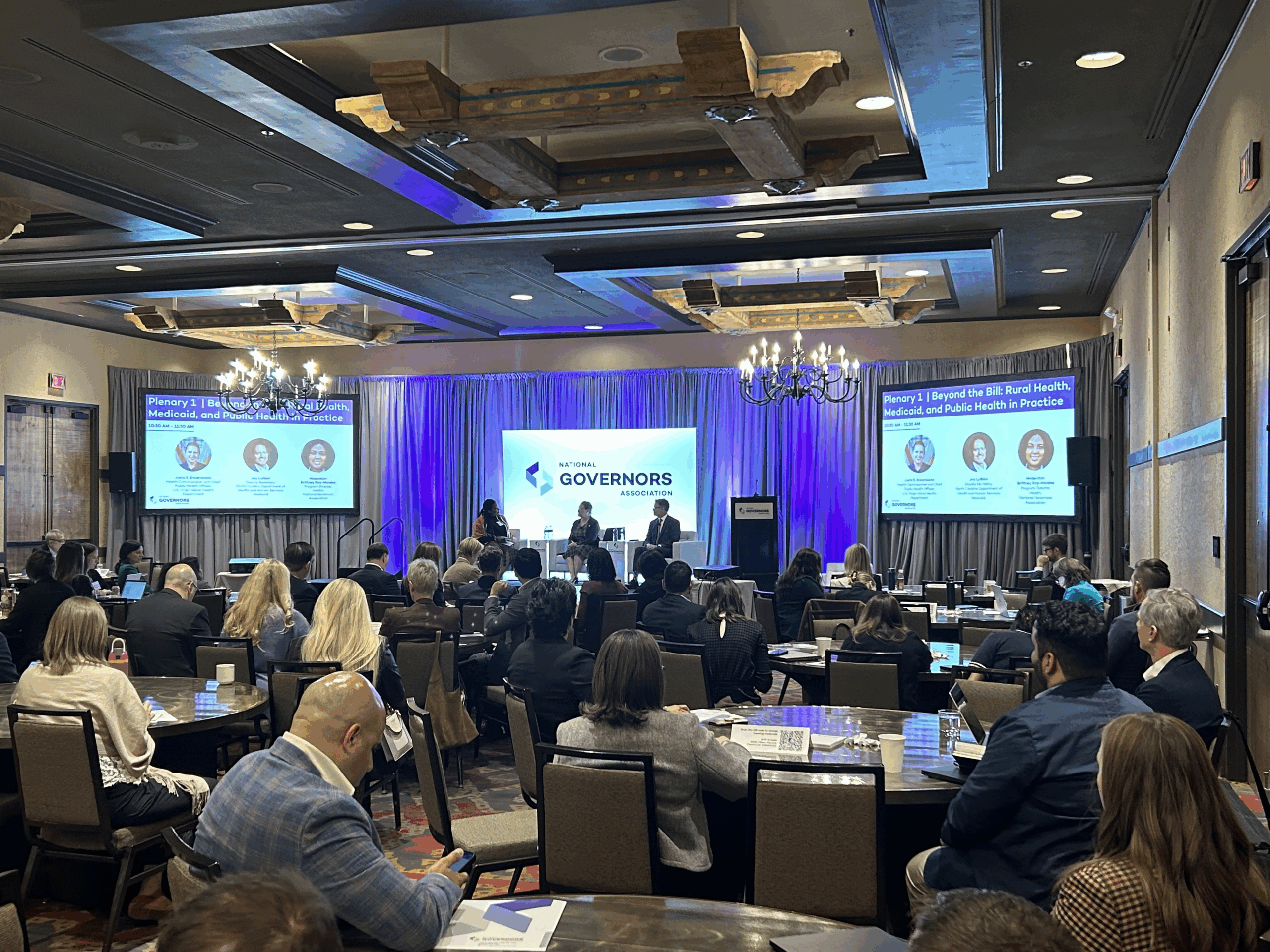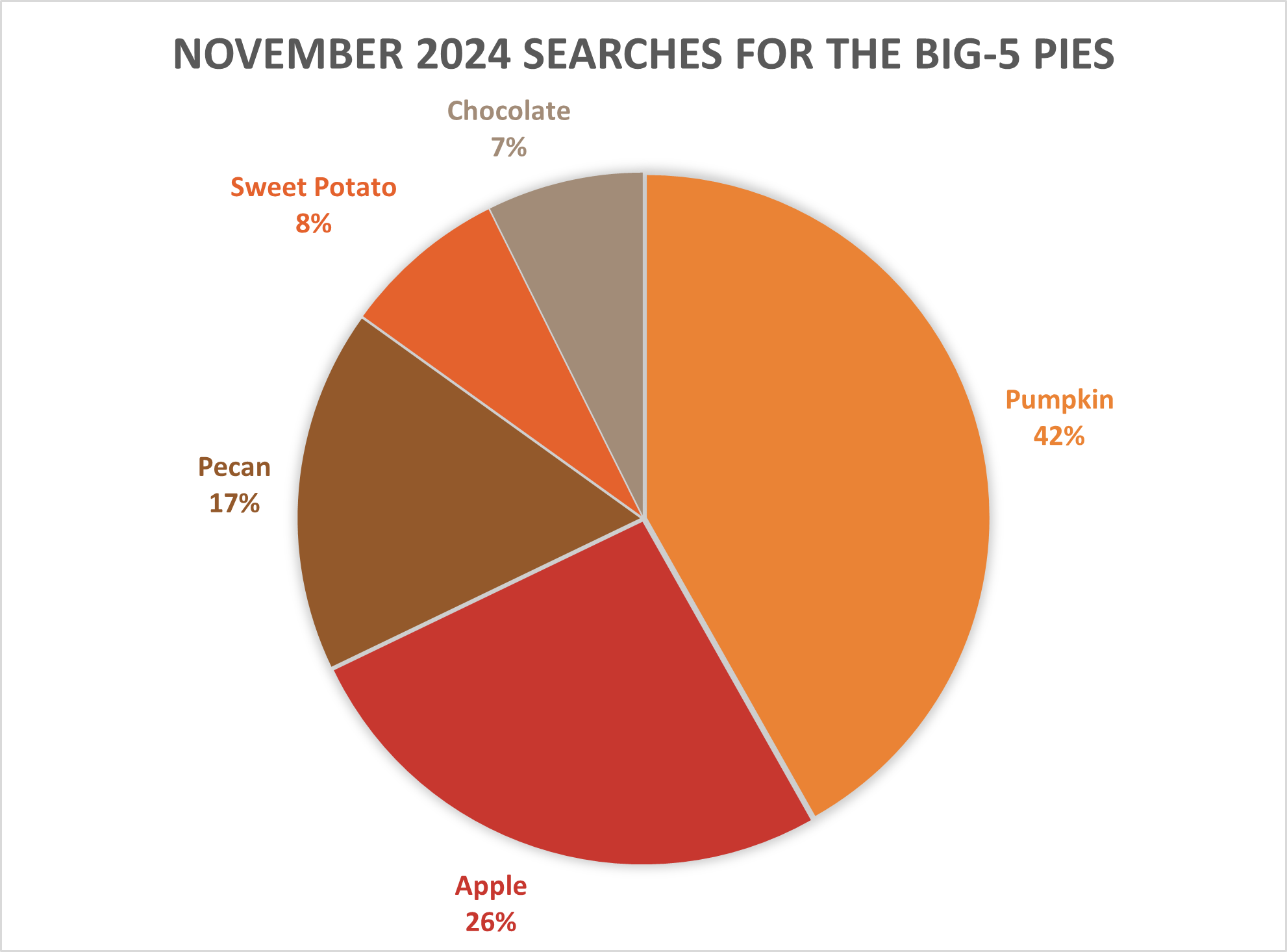This reference guide outlines what policymakers should consider when creating a statewide work-based learning structure.
Introduction
The COVID-19 pandemic forced state education and workforce systems to quickly adapt to urgent and novel health and economic crises. Governors have been increasingly supportive of work-based learning, a workforce training strategy that connects classroom learning with on-the-job experience. Work-based learning faced significant challenges in maintaining continuity due to the abrupt shift to a virtual environment and widespread business closures, but states with strong statewide work-based learning structures were able to pivot in a nimble, coordinated way to face these new challenges. The pandemic has highlighted how important a resilient state work-based learning structure is, not only to ensure students have access to a range of high-quality learning and career options, but also to mobilize and adapt these efforts during times of economic disruption. It is also critical that work-based learning structures can adapt to support a stronger and more equitable recovery. The components that allowed states to swiftly respond to the pandemic also help states sustain their work-based learning efforts over time and across administrations.
This reference guide builds on the lessons captured in the first six months of the third phase of NGA Center for Best Practices’ Policy Academy on Scaling-Work Based Learning (Phase III) and State Strategies to Scale Work-Based Learning and outlines what policymakers should consider when creating a statewide work-based learning structure. Examples of how a strong statewide structure helped states adapt during the pandemic are included at the end of the guide.
Authors
- Kristin Baddour, Policy Analyst, NGA Center for Best Practices.
- Rachel Hirsch, Senior Policy Analyst, NGA Center for Best Practices.












